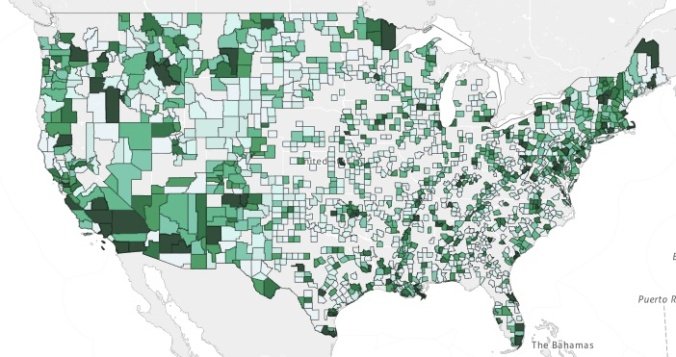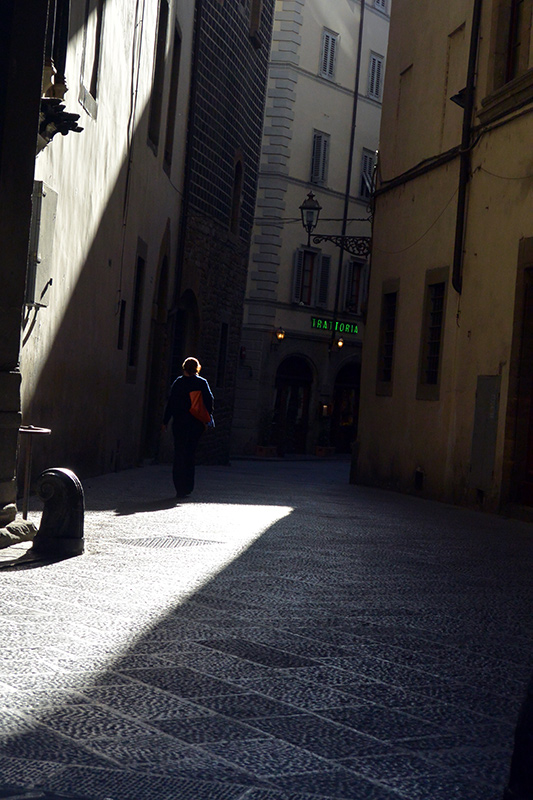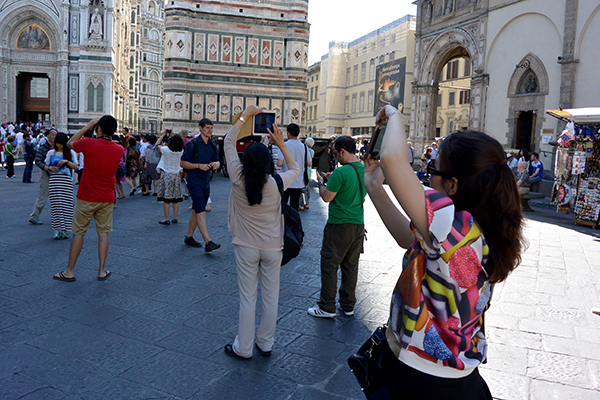International news reporting is a difficult, expensive and often dangerous proposition. Budget tightening at news organizations has reduced the number of foreign staff members, meaning much foreign reporting is done by wire services or freelancers. Freelance reporters and photographers can find themselves operating in dangerous regions with little financial or logistical support. It’s dangerous work, and for women the danger is compounded when working in areas where they are subject to physical and sexual abuse.
Critics also have noted for some time that foreign news often features day-to-day big events. Reporting/photography that explains issues takes time and effort. It can’t be done well by sending in photographers for a short term.
Round Earth Media is trying to change many of those characteristics. The organization is a partnership of world-wide organizations that is training the next generation of global journalists. As part of the effort, the organization is supporting the production of multimedia stories on under-reported issues. Round Earth arranges partnerships between young American journalists and early-career journalists in the countries where the reporting takes place. Veteran journalists from Round Earth mentor the partners.
The arrangement provides some safety for the American journalists, provides understanding from the journalists in other countries and benefits the audience by providing depth to foreign reporting.
Round Earth works to cover the journalists’ expenses. Fees paid by media partners help, and the organization receives grant funding and support from individuals. They also current have a Kickstarter campaign going to fund some specific projects.
I know there are students, and early-career journalists, who really want to cover foreign news, but the options are limited. With more photographers being forced into a freelance career, programs like Round Earth could be beneficial for developing a vision of in-depth reporting from around the world.


